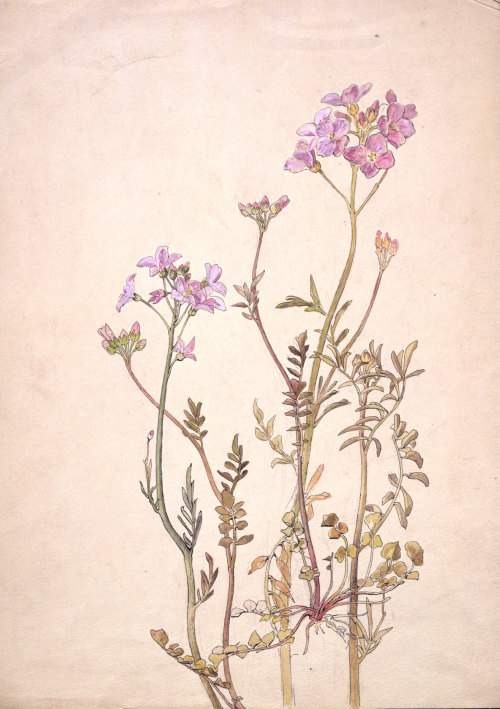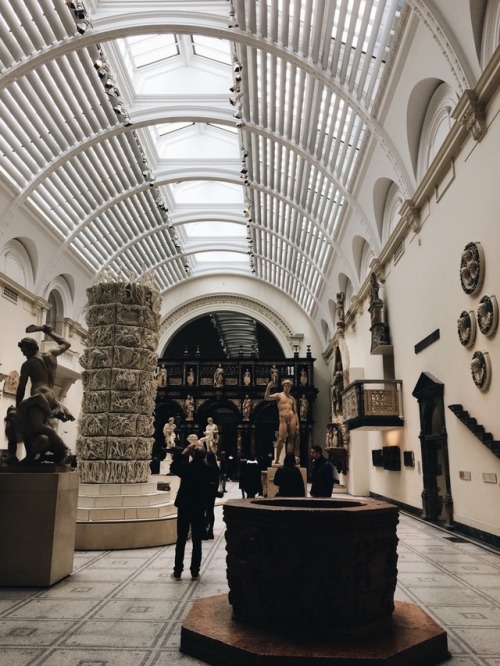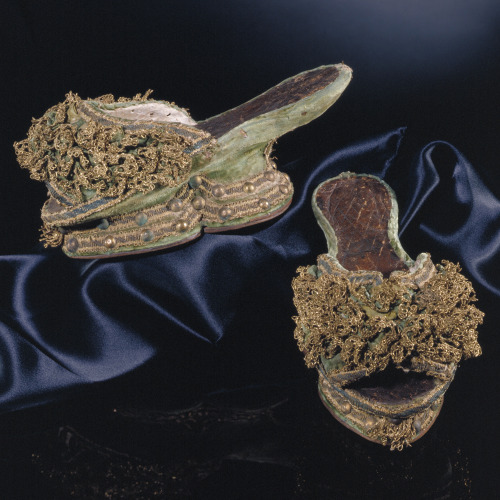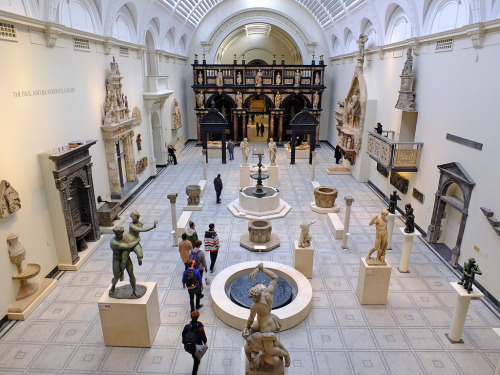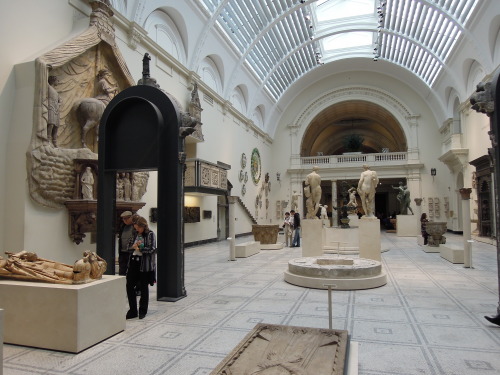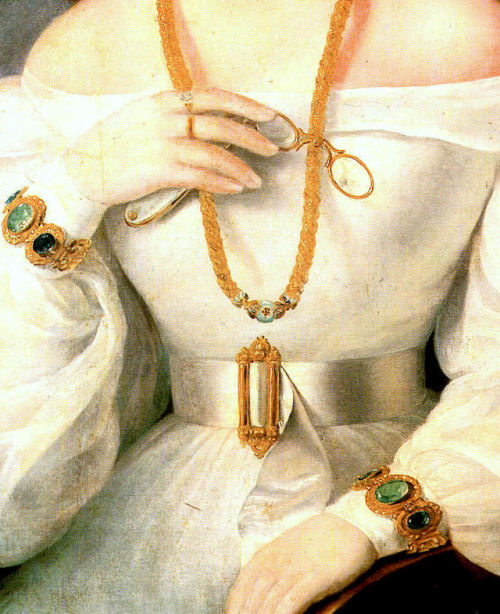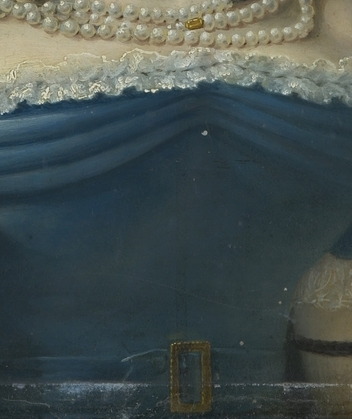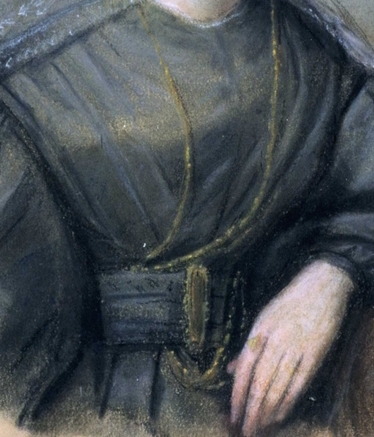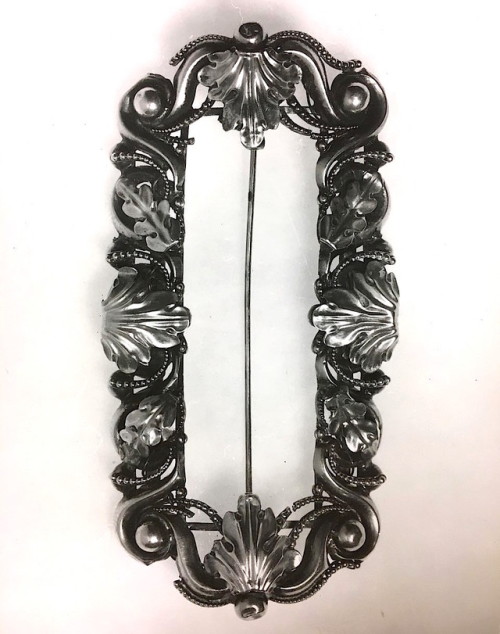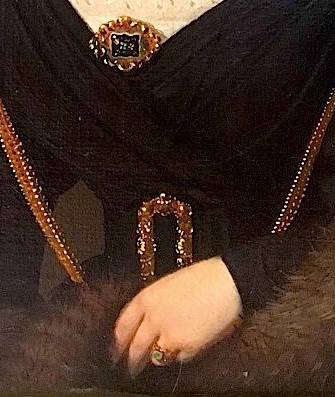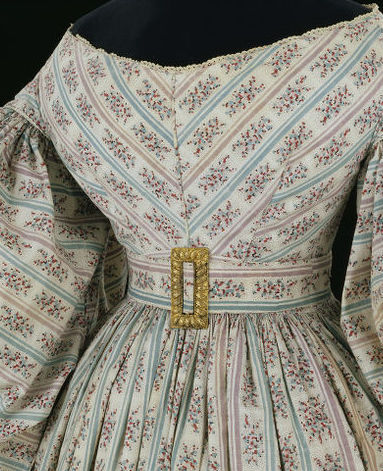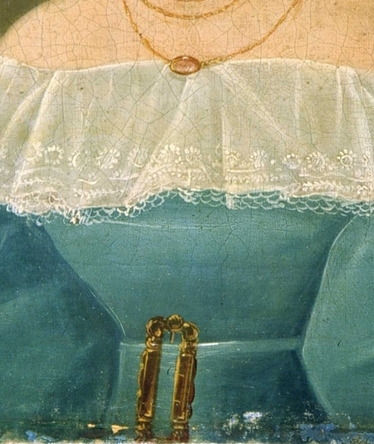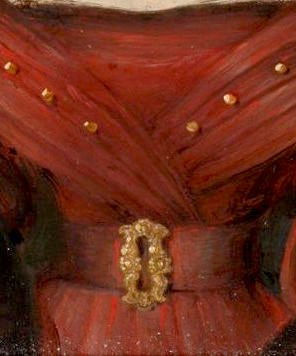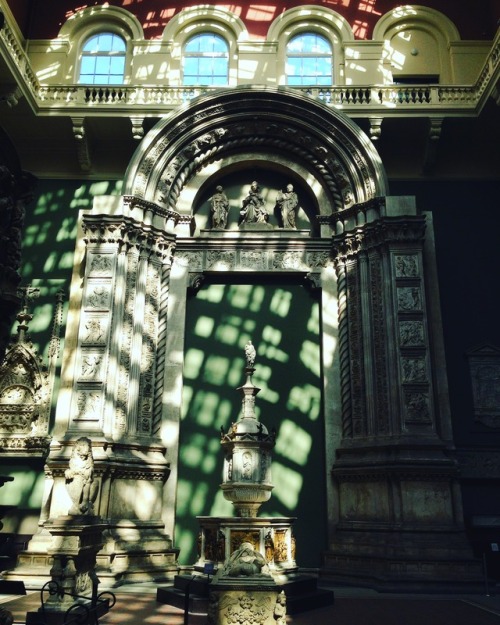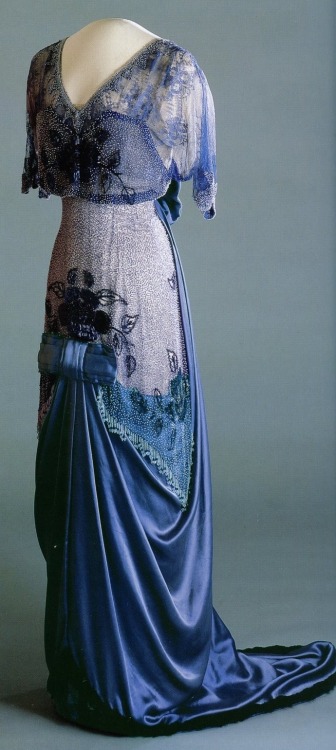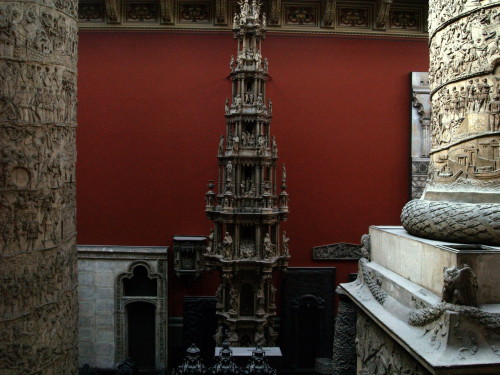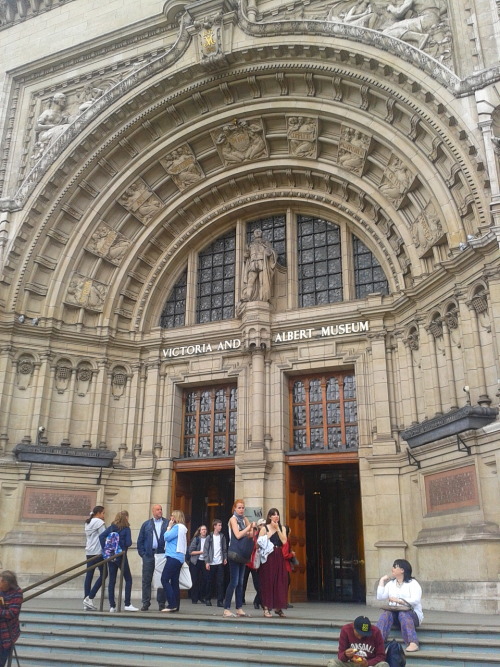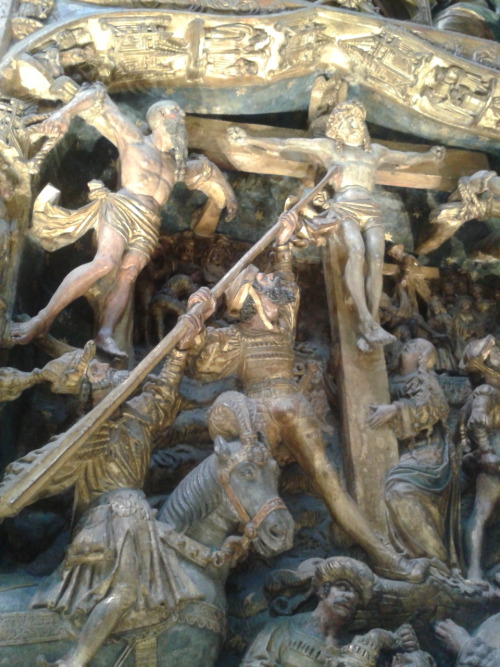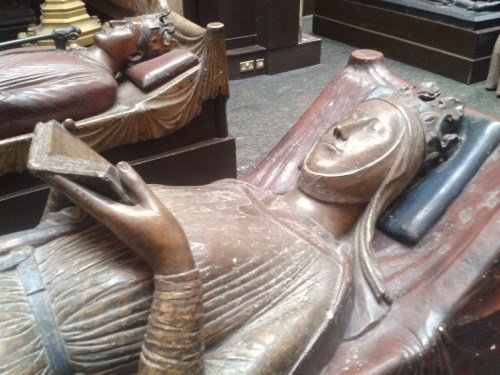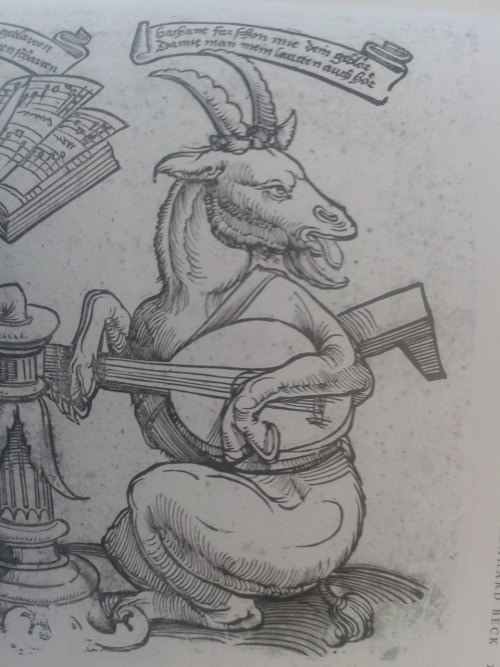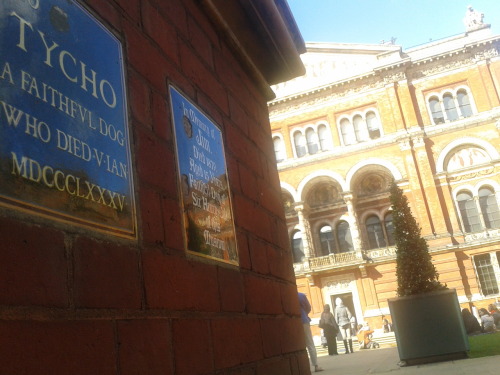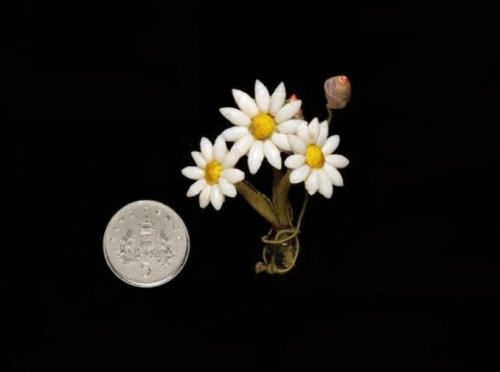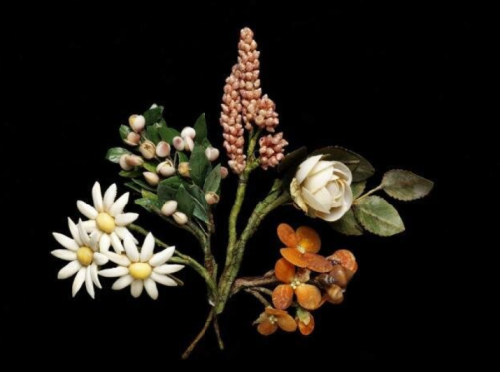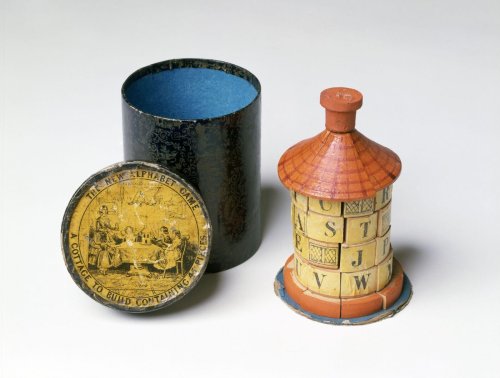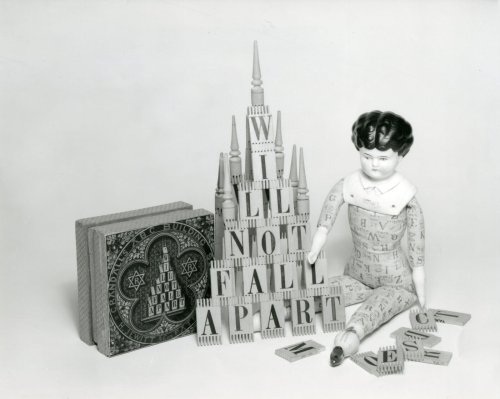#victoria and albert museum
Second Grade Art Student Certificate issued to Beatrix Potter by the Science and Art Department of the Committee of Council on Education, 1 July 1881. Courtesy of The National Trust and at the Victoria and Albert Museum.
Post link
Beatrix Potter,‘Original illustration for The Tale of Two Bad Mice’ © Frederick Warne. From the Victoria and Albert Museum.
Post link
Beatrix Potter ‘Reilly & Lee Co.’s The Story of Peter Rabbit, 1920’ © Frederick Warne & Co. 2006. From the Victoria and Albert Museum’s website.
Post link
Imported fabrics and rich textiles demonstrated wealth, but not always nobility. More than one complaint was raised against Venetian courtesans for dressing like ‘ladies’, and visitors remarked that they could not tell the courtesans from respectable women. This was because both categories of women wore similar low-cut dresses and high shoes (pianelle).
image: Velvet, wood and leather pianelle with gilded silver braid and bobbin lace, Venice, Italy, about 1600.
Post link
The Paul and Jill Ruddock Gallery
Large-scale works, once part of impressive Renaissance buildings, are displayed in the context of the cityscape. At its heart is the courtyard and the garden, with dramatic sculptures, trees and water. The church interior display, evoked by major altarpieces and stained glass, includes the Renaissance chapel from Santa Chiara, Florence. The choir screen from the Cathedral of St John at Hertogenbosch, one of the largest objects on show, dominates the gallery.
Room 50 is on Level 1 of the V&A South Kensington.
Post link
One of the most typical Romantic era fashion details I know of is the big, quadratic belt buckle women wore to emphasis their waist.
After some decades of a raised waistline and column-like silhouette, narrow waists once again came into fashion, helped by a new hourglass shaped corset that further underlined the shape. And the big buckle was the the finishing detail, the exclamation point. Here’s some examples.
- “Portrait of a Woman”, 1831, by Miklós Barabas (unknown location)
- “Portrait of Eleonore Thulstrup”, early 19th century, by Jacob Munch (Oslo Museum, OB.00484)
- “Portrait of Christine Kemp Keilhau”, 1835, by Johan Görbitz (Oslo Museum, OB.00258)
- Ribbon belt and golden buckle on a pigeon blue dress, 1830s (from Cora Ginsburg auctions)
- Golden buckle, 1827 (private collection)
- “Portrait of Juliane Elise Larpent”, 1827, by Aument (Linderud gård, Oslo). Here she is wearing the very buckle seen in photo 5.
- Golden buckle and belt made of the same fabric as the dress, 1830-34 (Victoria and Albert Museum, London, T.168&A-1915)
- “Portrait of Henriette Hansen”, 1831, by Richter W. (Oslo Museum, OB.00049)
- “Portrait of Paula Schedius”, 1834, by Carl Rahl (unknown location)
Post link










Fashioning the Masculinity: the Art of Menswear
V&A via Gucci, London
Boxwood statuette of Death holding an egg-timer.
German, 18th century; from the Victoria and Albert Museum.
Post link
Recently discovered an old label named RITVA MAN, who similarly to R.EH Germany www.r-eh.com, designed sweaters that represent a much more valuable piece of clothing, like a work of art. Today RITVA MAN`s sweaters are exhibited at the V&A Museum in London.
Post link
Various Japanese tsuba, or sword hand guards, in the Victoria & Albert Museum Collection. The first was made by Mogarashi Soten in the 18th century using copper with gold alloy. The second was made in Awa in the 1600s, and the last tsuba is dated to Kyoto, c.1700. It was made by Sasaki Shobei, who used gold-leaf to cover nearly the entire copper base. Source
Post link
I went to the V&A last week to look at the photography, and took a few other photos whilst I was there :)
Post link
Today was my final day volunteering in the Furniture, Textiles and Fashion Department at the Victoria and Albert Museum, London. Snapshots of my summer: oak, prints, reading, spreadsheets, cupboards, Virgil Solis, fountain, walnut, roundels, fashion, stores, visitors, trains, light fittings, lute strings, galleries, hunting, clocks, Art, memory, history, databases, and beautiful beautiful things.
Post link
If I had ye gift of tongue
I would declare & do no wrong
Who ye are yt com by stealth
to impare my Masters welth
Detector Lock, made by John Wilkes, c.1680, Victoria and Albert Museum, London. The lock has a dial to show how many times the lock has been opened, alerting the owner if it was unlocked in his absence. Cocking the soldier’s hat locks the door quickly. The soldier’s leg kicks out to reveal the keyhole.
More information here: http://collections.vam.ac.uk/item/O78423/detector-lock-wilkes-john/
Video at: http://www.vam.ac.uk/content/videos/w/video-wilkes-detector-lock/
‘Fashioning Masculinities:’ Tracing the history of gender-fluid menswear
“"We really want to show people the long history of changing ideas of masculinity,” co-curator Rosalind McKever told CNN at the museum’s exhibition preview. “(What should menswear look like) feels like such a contemporary question, but this is a much longer story than maybe some people realize.”“
Place cards, drawn by Beatrix Potter (1866-1943)
Melford Hall, Long Melford, Suffolk, was the home of Beatrix Potter’s (1866-1943) cousin Ethel Hyde-Parker. Beatrix visited many times with her entourage of pet animals as a break from London. She liked to try her tales out on the young children there to see their reactions. This dinner card is part of a set of 15 produced by Beatrix for Melford Hall and was used by Ethel Hyde-Parker’s daughter, Stephanie. Names of guests could be inserted into the diagonal slots. [V&A]
Post link
Kitchen of the Hibberd doll’s house:
This is a house which was made in the early 1800s, probably by a carpenter. It was bought by Mrs Winifred Alice Hibberd from a shop in St. John’s Wood High Street, London in 1965 for £60. It had belonged to a family (for whom it was originally made) living in a house in one of the Regents Park Terraces. Only two elderly sisters were left, and they had sold the house as they were moving to a smaller home where there would be no room for it.
Mrs Hibberd repaired and furnished the house herself between 1965 and 1979, keeping a record of where the items had come from and all the work done. The furnishings came from many different sources including America, Spain, France and Scotland as well as craft and antique fairs and London shops. Mrs Hibberd also typed a guide to the house.[V&A]
Post link
‘The New Alphabet Game, A Cottage to Build Containing 45 Pieces’, maker unknown, circa 1850.
Post link


